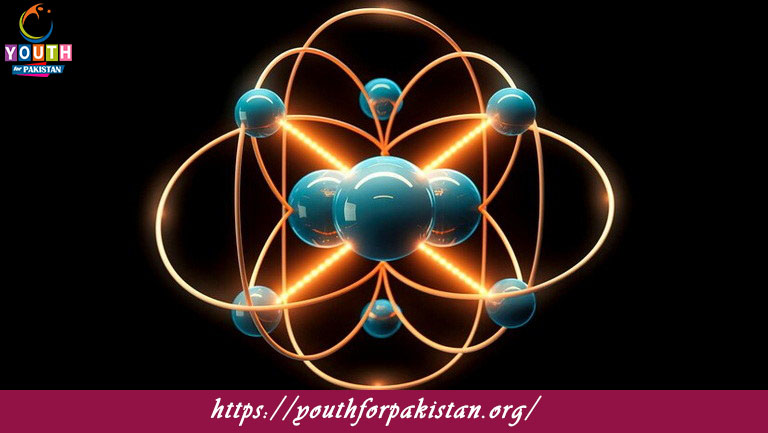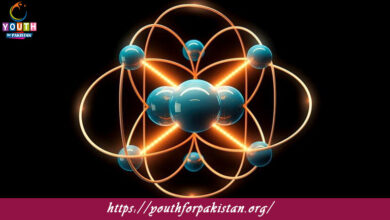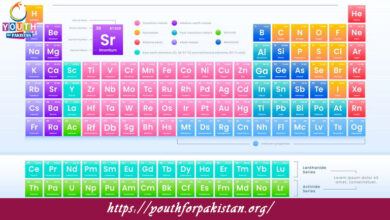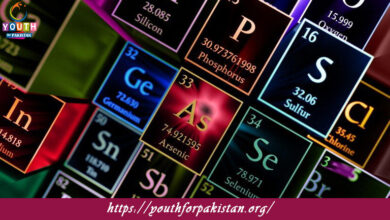Welcome to the Subatomic Particles MCQs with Answers, it helps learners quickly identify areas for improvement in Subatomic Particles Online Test.
| Subatomic particles are the fundamental constituents of atoms, consisting of protons, neutrons, and electrons. Protons carry a positive charge and determine the atomic number of an element, while neutrons have no charge but contribute to the mass of the atom. Electrons are negatively charged and orbit the nucleus, determining the atom’s size and reactivity.
To effectively learn about subatomic particles, engaging with MCQs on subatomic particles is crucial. These questions cover a range of topics, from identifying the properties and characteristics of protons, neutrons, and electrons to understanding their roles in atomic structure and chemical behavior. Subatomic particles quiz questions typically test knowledge on atomic mass, isotopes, electron configuration, and the principles of atomic bonding. |
Subatomic Particles Online Quiz
By presenting 3 options to choose from, Subatomic Particles Quiz which cover a wide range of topics and levels of difficulty, making them adaptable to various learning objectives and preferences. You will have to read all the given answers of Subatomic Particles Questions and Answers and click over the correct answer.
- Test Name: Subatomic Particles MCQ Quiz Practice
- Type: Quiz Test
- Total Questions: 40
- Total Marks: 40
- Time: 40 minutes
Note: Answer of the questions will change randomly each time you start the test. Practice each quiz test at least 3 times if you want to secure High Marks. Once you are finished, click the View Results button. If any answer looks wrong to you in Quiz, simply click on question and comment below that question, so that we can update the answer in the quiz section.
Download Certificate of Subatomic Particles Test
On the end of Quiz, you can download the certificate of the quiz if you got more than 70% marks.
Subatomic Particles Flashcards

The subatomic particle with a positive charge found in the nucleus of an atom is called a __________.

The subatomic particle with a negative charge that orbits the nucleus of an atom is called a __________.

The neutral subatomic particle found in the nucleus of an atom is called a __________.

The number of protons in an atom determines its __________ number.

The total number of protons and neutrons in an atom is called its __________ number.

Isotopes of an element have the same number of __________ but different numbers of neutrons.

The mass of a proton is approximately equal to the mass of a __________.

The charge of an electron is __________.

The charge of a proton is __________.

The charge of a neutron is __________.

Quarks are the subatomic particles that make up __________.

The number of electrons in a neutral atom is equal to the number of __________.

The heaviest subatomic particle is the __________.

The lightest subatomic particle is the __________.

The elementary particles that carry a fractional electric charge are called __________.

The force responsible for holding the nucleus of an atom together is the __________ force.

The particle that mediates the electromagnetic force is the __________.

The hypothetical particle associated with the gravitational force is the __________.

The particle responsible for carrying the strong nuclear force is the __________.

The particle responsible for carrying the weak nuclear force is the __________.

The force that causes radioactive decay is the __________ force.

The first subatomic particle to be discovered was the __________.

The scientist credited with the discovery of the neutron is __________.

The particles that make up an atom are held together by __________ forces.

The particle associated with the Higgs field, giving particles their mass, is the __________.

The smallest unit of matter that retains the properties of an element is called a __________.

The Greek philosopher who first proposed the idea of the atom was __________.

The modern atomic theory was proposed by __________.

The subatomic particle with no charge and a mass of approximately 1 atomic mass unit (amu) is the __________.

The concept of electrons existing in fixed orbits around the nucleus of an atom was proposed by __________.

The atomic number of an element is equal to the number of __________ in an atom of that element.

The sum of the number of protons and neutrons in an atom is called the __________ number.

Isotopes of an element have the same number of __________ but different numbers of neutrons.

The region around the nucleus of an atom where electrons are likely to be found is called the __________.

The maximum number of electrons that can occupy the first energy level of an atom is __________.

The maximum number of electrons that can occupy the second energy level of an atom is __________.

The maximum number of electrons that can occupy the third energy level of an atom is __________.

The process by which an atom gains or loses electrons to become charged is called __________.

An atom that gains electrons becomes a __________ ion.

An atom that loses electrons becomes a __________ ion.
If you are interested to enhance your knowledge regarding Physics, Computer, and Biology please click on the link of each category, you will be redirected to dedicated website for each category.









